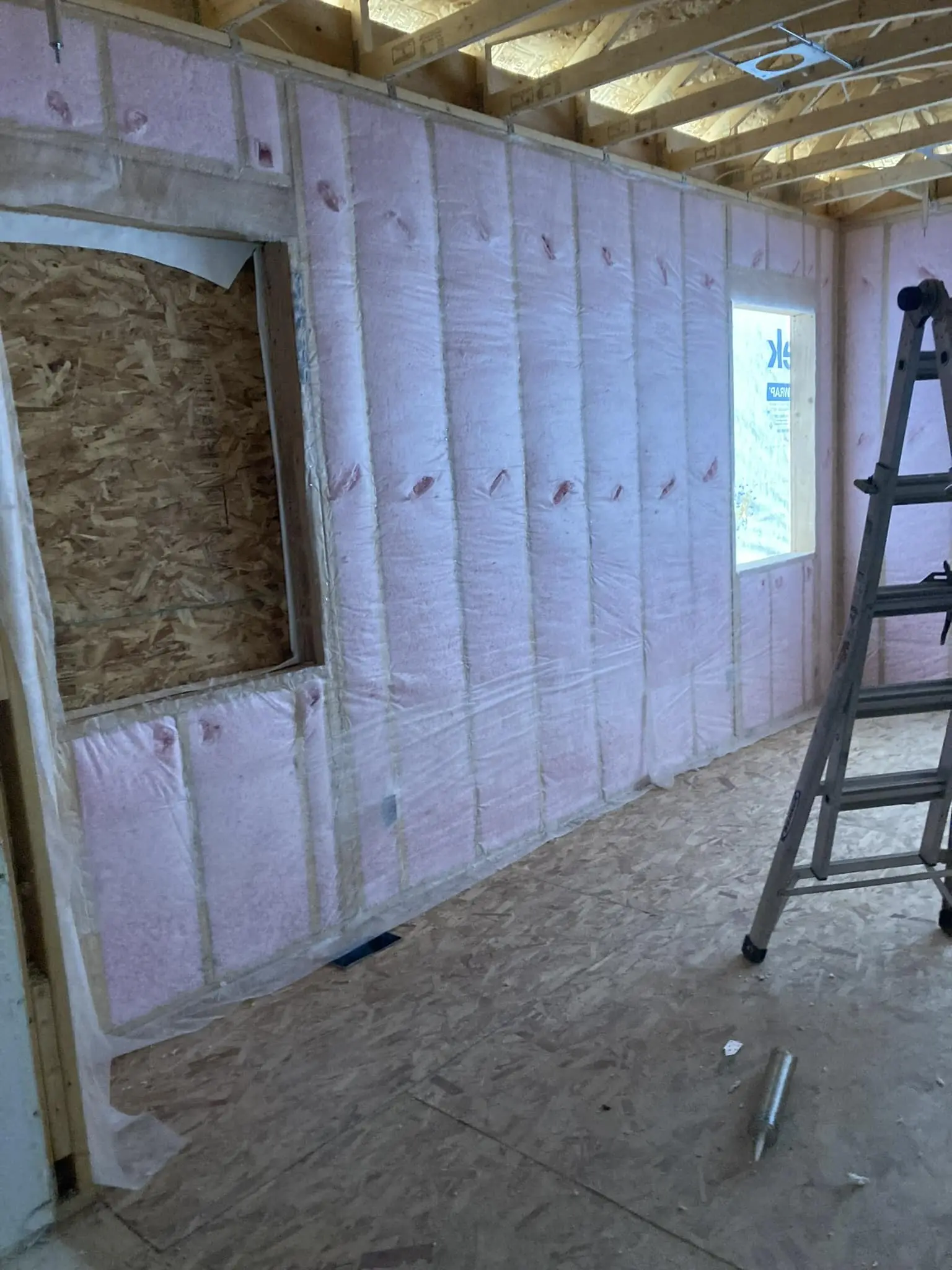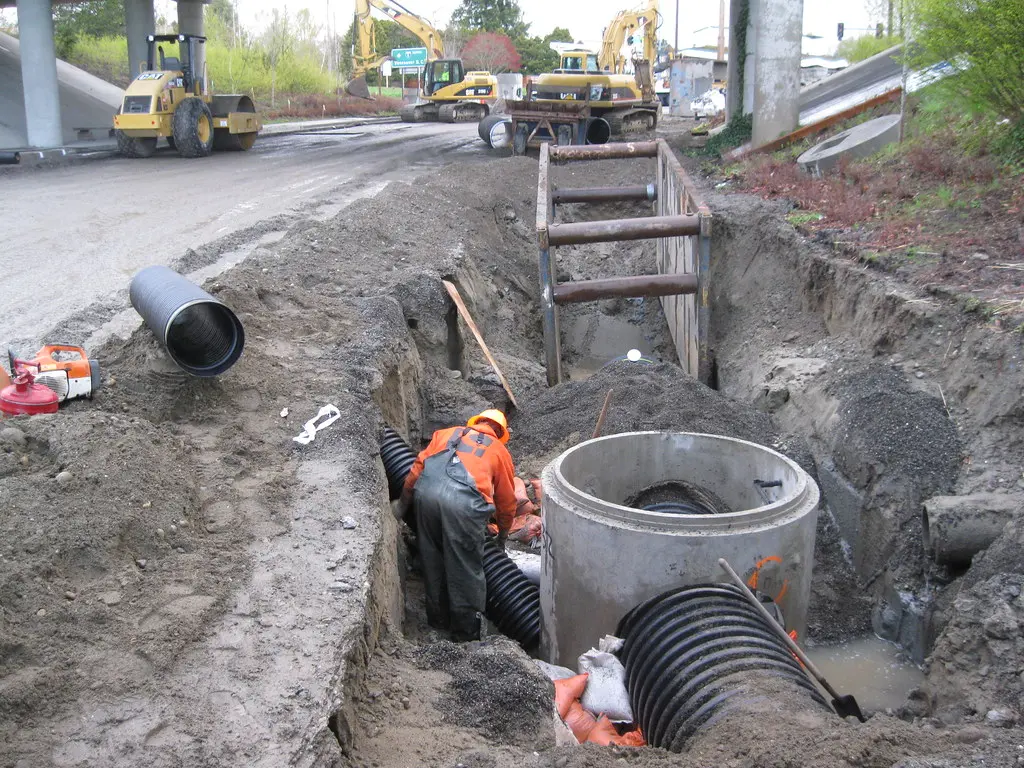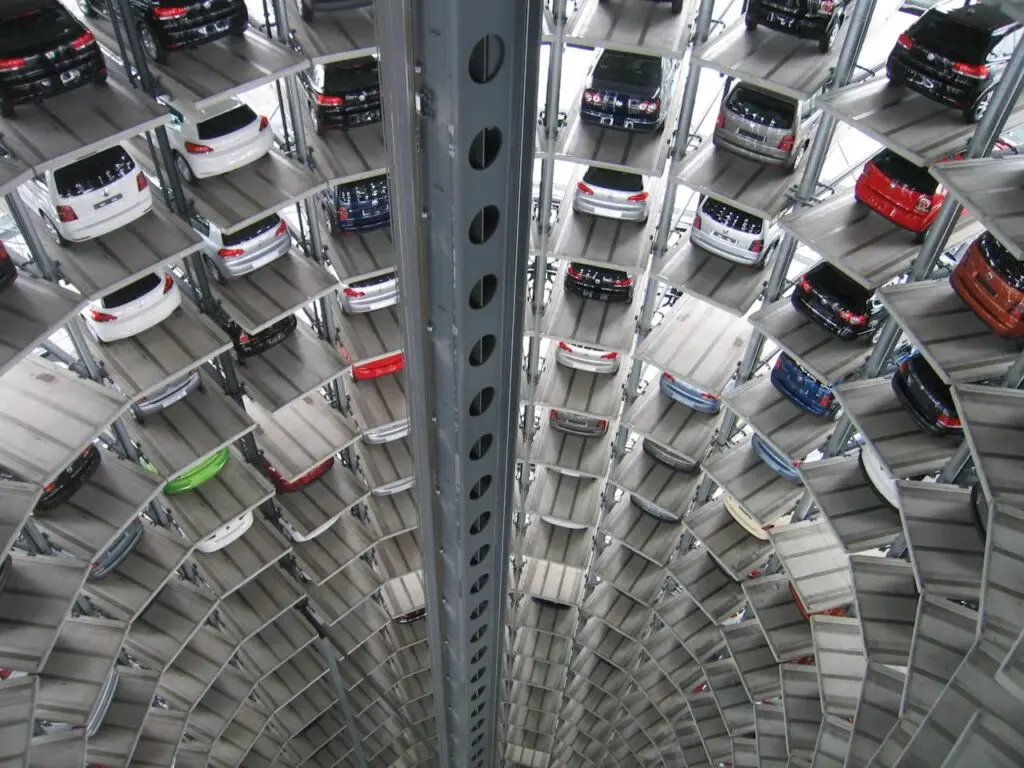Glass Reinforced Plastic (GRP) and fiberglass refer to essentially the same composite material, composed of glass fibers embedded within a plastic resin matrix. GRP is a more precise technical term commonly used in the construction and manufacturing sectors, though fiberglass is often used interchangeably in everyday language. Despite their similarities, subtle distinctions exist in their applications and formulation, with GRP frequently denoting a finished composite product while fiberglass may refer to the raw glass fiber material or general composites made with glass fibers.
Composition of Fiberglass and GRP
Fiberglass and Glass Reinforced Plastic (GRP) are composite materials primarily consisting of glass fibers intertwined with a polymer matrix. The glass fibers act as the reinforcement, providing enhanced strength, stiffness, and dimensional stability. Meanwhile, the polymer matrix binds these fibers together, shaping the overall form and transferring loads between fibers, crucial for mechanical integrity.
The glass fibers in GRP composites are commonly manufactured from E-glass, an alumino-borosilicate glass containing less than 1% alkali oxides by weight, prized for its excellent electrical insulation and mechanical properties. Alternative fibers include A-glass (alkali-lime glass), C-glass (rich in boron oxide for chemical resistance), and S-glass (magnesium oxide-enhanced for higher tensile strength). These fibers are formed into fine strands which can then be woven or arranged into mats.
The polymer matrix is typically a thermosetting polyester resin, chosen for its balance of performance, economy, and ease of curing with catalysts like Methyl Ethyl Ketone Peroxide (MEKP). Epoxy resins are also used in specialized applications requiring superior mechanical and environmental resistance. The curing process solidifies the resin, encapsulating the glass fibers into a rigid, durable composite.
The Manufacturing Process of GRP Involves Several Steps:
- The glass fiber fabric is laid out in the desired mold or shape.
- The resin mixture is applied to thoroughly saturate the glass fibers.
- Additional alternating layers of glass fibers and resin are added to achieve the required thickness and strength.
- The composite is cured at controlled temperatures to harden the resin and solidify the structure.
In products such as anti-slip surfaces, aluminum oxide aggregates may be integrated into the outer layer to improve wear resistance. Color pigments are often mixed throughout the composite’s thickness, ensuring durable, fade-resistant finishes. Advanced pultrusion techniques produce GRP structural shapes with consistent quality, smooth surfaces, and high strength-to-weight ratios, ideal for construction and industrial uses.
By adjusting the fiber type, content, orientation, and resin formulation, manufacturers can tailor GRP composites to specific needs, balancing durability, weight, chemical resistance, fire retardancy, and cost. This adaptability underpins the broad adoption of GRP across varied sectors.
Applications for Construction Materials
Glass Reinforced Plastic (GRP) and fiberglass have become increasingly popular in construction due to their lightweight nature, durability, corrosion resistance, and design flexibility (see this website). These materials serve as innovative alternatives to traditional building materials in multiple applications, including:
- Thermal and Acoustic Insulation: Fiberglass excels at reducing heat transfer and sound transmission through its intricate fiber network that traps air. This is widely utilized in wall cavities, roofs, and HVAC systems.
- Roofing Systems: GRP panels and sheets provide weatherproof, UV-resistant roofing solutions that are lightweight and easily molded into complex forms, supporting modern architectural designs.
- Exterior Cladding and Facades: Durable GRP panels offer aesthetic versatility while resisting moisture, fading, and pollutants. They can mimic stone, wood, or metal textures without the weight or maintenance concerns.
- Structural Components: GRP is used for beams, columns, reinforcing bars, and other structural elements, particularly where corrosion resistance is critical, such as marine or chemical exposure environments.
- Doors and Window Frames: Fiberglass-reinforced components provide long-lasting, stable, and insulating alternatives to wood and metal, reducing maintenance needs and increasing energy performance.
- Fireproofing Materials: Specialized GRP composites can enhance fire resistance in buildings, contributing to safer construction practices.
- Seismic-Resistant Elements: Innovative GRP-reinforced masonry units improve earthquake resilience by absorbing and dissipating seismic forces effectively.
- Bridges and Walkways: GRP’s combination of strength and light weight makes it ideal for pedestrian bridges, decking, and access platforms, especially in corrosive or weight-restricted settings.
- Water and Wastewater Infrastructure: Corrosion-resistant GRP pipes, tanks, and drainage systems offer durability and chemical resistance in harsh service conditions.
- Architectural and Decorative Features: The moldability of GRP allows for detailed designs and finishes, enhancing the aesthetic appeal of modern buildings.
- Transparent and Translucent Roofing: Fiberglass panels with controlled transparency are used for skylights and light-diffusing applications, maximizing natural illumination.
The continued evolution of GRP technologies is expanding their applications, making them integral to sustainable, cost-effective, and innovative building solutions worldwide.
Strength-to-Weight Ratio Comparison
One of the defining advantages of Glass Reinforced Plastic (GRP) and fiberglass composites is their exceptional strength-to-weight ratio. This metric indicates the amount of load a material can support relative to its weight, making it essential for applications where reducing mass without compromising strength is critical.
When Compared to Traditional Materials, GRP Exhibits Remarkable Advantages:
- Steel: GRP weighs about one-seventh that of steel but can provide comparable tensile strength, which reduces structural loads and eases handling and installation.
- Aluminum: GRP is roughly half the weight of aluminum, offering similar strength with enhanced corrosion resistance and lower cost.
- Wood: GRP surpasses many wood types in durability, dimensional stability, and resistance to decay, while providing a better strength-to-weight ratio in long-term uses.
- Concrete: While concrete is heavy and prone to cracking, GRP offers greater strength per unit weight and excellent corrosion resistance, particularly advantageous for concrete reinforcement.
The High Strength-to-Weight Ratio of GRP Offers Several Advantages:
- Enhanced Structural Efficiency: Lighter components allow for longer spans and fewer supports in buildings and bridges, optimizing design and material use.
- Cost Savings: Lower material quantities and reduced transportation expenses contribute to overall affordability.
- Improved Environmental Impact: Reduced weight leads to less fuel consumption in transportation and improved energy efficiency in applications like aerospace.
- Ease of Handling and Installation: Lightweight GRP parts simplify construction logistics, especially in retrofit or confined spaces.
While carbon fiber reinforced polymers (CFRP) can offer even higher strength-to-weight ratios, GRP remains preferred in many industries due to its balance of performance, cost-effectiveness, and ease of production. The strength-to-weight advantages of GRP continue to drive its adoption in construction, transportation, and infrastructure projects worldwide.
Role of Glass Fibres
Glass fibers are the fundamental reinforcement component in GRP and fiberglass composites, responsible for imparting key mechanical properties essential for their widespread use. Typically made from E-glass fibers, these fine strands provide strength, stiffness, and durability while maintaining lightweight characteristics.
The Primary Functions of Glass Fibres in GRP Include:
- Strength Enhancement: Glass fibers substantially increase tensile strength and load-bearing capacity by resisting deformation and elongation.
- Stiffness Improvement: By aligning fibers directionally, composites can be engineered for optimal rigidity in targeted areas.
- Impact Resistance: Fibers absorb and distribute impact forces, enhancing toughness and reducing the risk of cracks and fractures.
- Dimensional Stability: Fibers minimize warping and distortion over temperature and humidity changes.
- Thermal and Electrical Insulation: Fiber configurations create air pockets aiding thermal insulation while E-glass fibers provide electrical insulation properties.
- Corrosion Resistance: Glass fibers are chemically inert, improving the composite’s resistance to environmental and chemical degradation.
The Effectiveness of Glass Fibres in GRP Depends on Several Factors:
- Fiber Content: Increasing fiber proportion enhances strength and stiffness but may impact weight and processing complexity.
- Fiber Orientation: Proper alignment maximizes load-bearing capacity in desired directions, whether random or woven patterns.
- Fiber Length: Longer continuous fibers improve mechanical properties, whereas shorter fibers simplify fabrication.
- Fiber-Matrix Bonding: Surface treatments improve adhesion between fibers and resin, ensuring efficient stress transfer.
In construction, these properties allow for the production of durable, lightweight, and fire-resistant materials, enabling innovative designs with extended longevity and improved safety profiles.
Resin Types in GRP
GRP composites employ various resin matrices, each contributing unique properties to the final product. The principal resin types include:
- Polyester Resins: The most common resin in GRP production due to affordability and versatility. Orthophthalic polyester resins cure at room temperature when initiated with Methyl Ethyl Ketone Peroxide (MEKP) and are suitable for general-purpose applications like roofing and boat hulls.
- Vinyl Ester Resins: Offering enhanced corrosion resistance and superior mechanical strength compared to polyester, vinyl esters are preferred in chemically aggressive environments such as storage tanks and pipeline linings.
- Epoxy Resins: Known for excellent adhesion, toughness, and environmental durability, epoxy resins are favored in demanding aerospace, automotive, and marine applications, albeit at higher cost.
- Phenolic Resins: Providing outstanding fire resistance and low smoke emissions, phenolic resins are selected for fire-critical uses such as public transportation interiors and fireproof building components.
- Thermoplastic Resins: Occasionally utilized in fiber-reinforced composites for improved impact resistance and recyclability, polymers like ABS and polypropylene enable reshaping with heat, broadening GRP application possibilities.
The glass transition temperature (Tg), curing time, chemical resistance, and UV stability vary between resin types, influencing suitability for specific conditions. Emerging trends focus on bio-based resins made from renewable sources, offering sustainable alternatives while maintaining performance standards.
Summary
Glass Reinforced Plastic (GRP) and fiberglass composites fuse the mechanical strength of glass fibers with the versatility of polymer resins to create lightweight, durable materials for numerous applications. Their customizable compositions allow engineers and architects to optimize properties such as strength-to-weight ratio, corrosion resistance, fire retardancy, and thermal insulation. Widely applied in construction—from insulation and roofing to structural reinforcements and decorative elements—these materials offer significant advantages over traditional building substances. The selection of resin types, including polyester, vinyl ester, epoxy, and innovative bio-based options, further tailors performance to meet evolving industry demands. The vital role of glass fibers in enhancing mechanical and thermal characteristics, coupled with advanced manufacturing techniques, ensures that GRP remains a cornerstone material in modern construction and industrial practices worldwide.
In recent years, the sustainable construction movement has increasingly embraced GRP and fiberglass due to their lightweight nature, which reduces transportation emissions and overall carbon footprint. Moreover, innovations in resin chemistry have led to the development of low-VOC (volatile organic compounds) and bio-derived resin systems, aligning GRP production with environmental regulations and green building certifications. The recyclability of GRP components is also being improved through novel processing techniques, enabling the circular economy of composite materials. As a result, GRP not only meets performance requirements but also supports sustainable building initiatives, making it a future-proof choice for eco-conscious architects and engineers.



